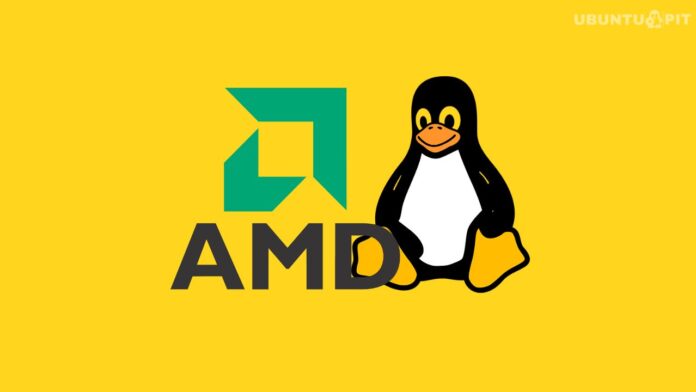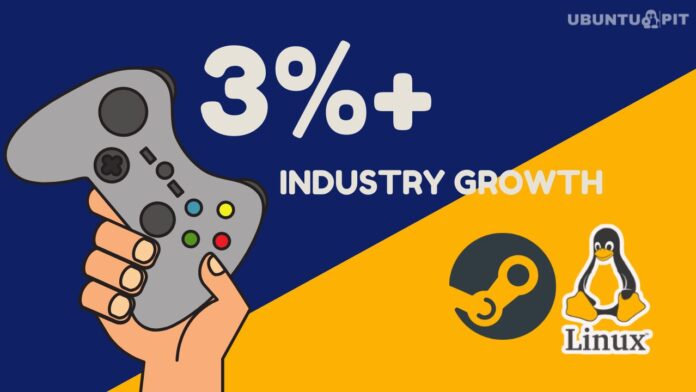AMD’s recent decision to move its RDNA 1 and RDNA 2 Windows GPU drivers into maintenance mode sparked concern among Radeon users, but Linux gamers have nothing to worry about. The company confirmed that both architectures will continue to receive game optimizations, and Phoronix verified that AMD’s Linux driver development remains entirely separate from its Windows driver strategy.
While AMD’s Windows driver shift initially caused confusion, the clarification makes clear that the impact stops short of the Linux ecosystem. On Linux, AMD’s GPU support follows a fundamentally different development model, one centered on open-source collaboration rather than proprietary updates.
Linux kernel drivers already maintain long-term support for AMD GPUs dating back to the GCN 1.2 generation, including cards such as the R9 390X and R9 Fury X. This broader support stems from the open nature of AMD’s Linux stack, which allows developers and the community to maintain functionality independently of AMD’s Windows roadmap.
Until recently, AMDVLK served as AMD’s official open-source Vulkan driver for Linux. However, AMD discontinued AMDVLK on September 15, 2025. The mantle has now passed fully to RADV, a community-driven Vulkan implementation that has long outperformed AMDVLK in most cases.
RADV is developed independently of AMD and has earned backing from major industry players including Valve, Google, and Red Hat. Its active development and performance advantage have made it the de facto Vulkan driver for Radeon GPUs on Linux. AMD itself has officially endorsed this transition, confirming that all ongoing Linux GPU development and maintenance will proceed through RADV.
This shift underscores the structural difference between AMD’s Windows and Linux driver ecosystems. On Windows, AMD controls all driver updates directly. On Linux, the open-source model distributes responsibility and resilience across the community, ensuring continued support even if AMD’s own involvement changes.
The outcome is straightforward. Linux gamers remain unaffected by AMD’s recent Windows driver decision. With RADV leading development and sustained community and industry backing, AMD’s Linux GPU support remains robust, open, and insulated from the company’s Windows driver policy shifts.

